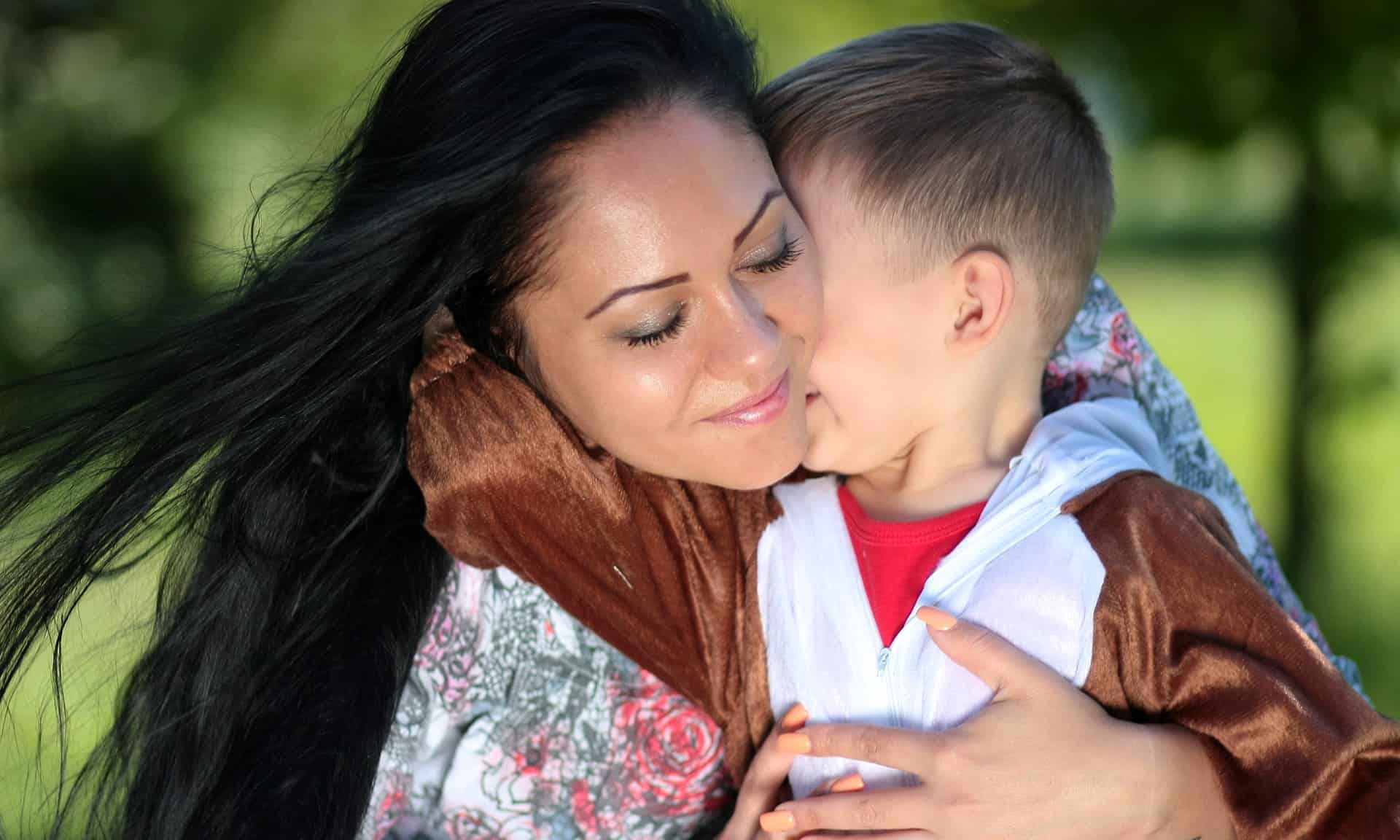
With about 21 percent of US students aged 12-18 being bullied, it’s no surprise that bullying, both in schools and online, has grown into a national epidemic. The National Education Association states that more than 160,000 kids avoid school due to bullying, which just shows how devastating and traumatic this situation can be on your child’s emotional and physical well-being.
A study from the University of Washington School of Medicine found that victims of bullying are 80 percent more likely to feel “sad” most days. If not addressed right away, bullying can result in poor academic performance, low self-esteem, anxiety and even depression — not just now, but into the future, as well.
So, as a parent, how do you deal with your child when you suspect bullying? First, you need to know what bullying looks like, then understand how it can affect your child. Finally, you should know what you can do at home to help them heal.
What Bullying Looks Like
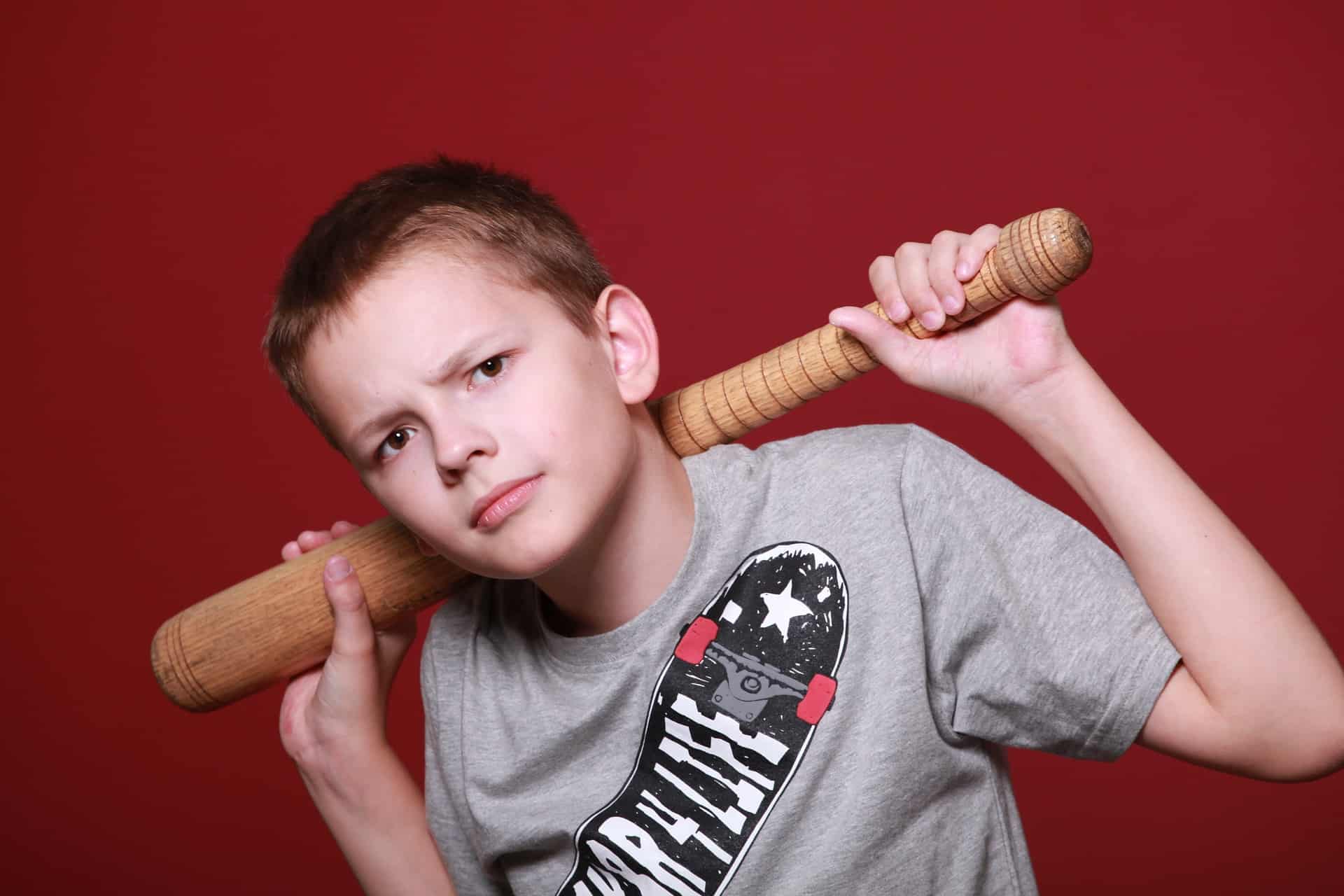
Bullying is first and foremost a form of abuse. It might come from a peer, an authority figure or even someone your child considers a friend. It can happen in person, like during lunch at school, or digitally, like on social media or in a text message. Most states define bullying as emotional or physical abuse with three specific qualities:
- Deliberate: The bully is intentionally trying to hurt your child.
- Repeated: The bullying behavior occurs multiple times or has the potential to recur over time.
- Power Dynamic: The bully has chosen your child because they see them as vulnerable in some way.
Bullying can show up in a variety of ways, along with various degrees of severity. If you suspect your child is being bullied, they could be enduring:
- Physical trauma such as jabbing, pushing, hitting, kicking, or being beaten up.
- Verbal duress such as yelling, teasing, mocking, insulting, intimidating, and threatening.
- Relationship bullying such as excluding, spreading rumors, or manipulating others to cause pain (for instance, tricking your child’s friends into turning on them).
- Cyberbullying such as sending hurtful messages or images over the internet or on a mobile device.
Bullying can come as one or any combination of these situations. Both kids who are bullied and who bully others may have deep-rooted, long-term emotional and behavioral issues. That’s why it’s crucial that if you suspect your child is the victim of bullying, you reach out to them right away.
Effects of Bullying
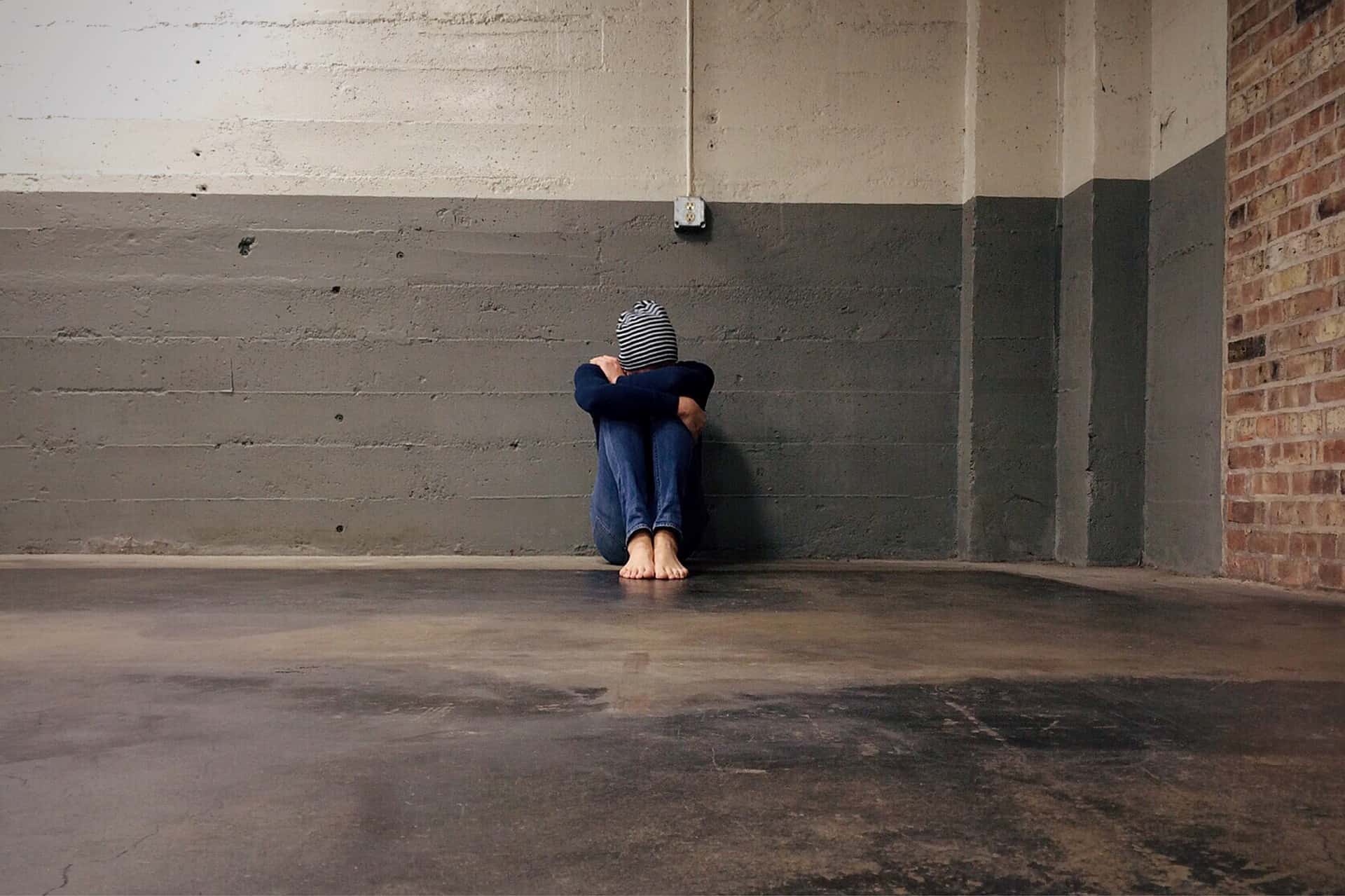
When children are the victim of bullies, they may feel that they cannot speak up — that they have no voice and no choice but to avoid or endure the suffering. This kind of trauma can cause physical and mental health issues at school and at home. Kids who are bullied are more likely to experience issues that impact their quality of life now and into adulthood, such as:
- Depression: Children who are bullied feel lonely and worthless, which can cause childhood depression that potentially impacts their self-esteem even as they grow into adults.
- Anxiety: Bullying can create an overwhelming feeling of being unsafe — that trouble is around any and every corner. This can result in an anxiety disorder that impacts not only their ability to function in school, but in their job as they grow up as well.
- Health issues: Children who are bullied may experience headaches, trouble sleeping and gastrointestinal problems. In addition, the risk for alcohol and substance abuse increases with mental health issues.
- Lowered academic achievement: Bullying can diminish a child’s motivation to attend school and perform well academically. They are more likely to miss, skip, or drop out of school. These types of behaviors can become habits that persist into adulthood, resulting in poor work performance, low job satisfaction, frequent absenteeism and an inability to meet deadlines.
If your child is being bullied, you will likely notice a change in their behavior. They may express their trauma through signs like:
- Hating going to school, especially if they once enjoyed it.
- No longer wanting to participate in after-school activities.
- Eating more than usual when coming home — a sign that someone is stealing their lunch or that they are afraid of the cafeteria.
- Acting angry, refusing to talk and often wanting to be left alone.
- Exhibiting different behavior after being on the computer or the phone.
- Displaying or trying to hide unexplained bruises or injuries.
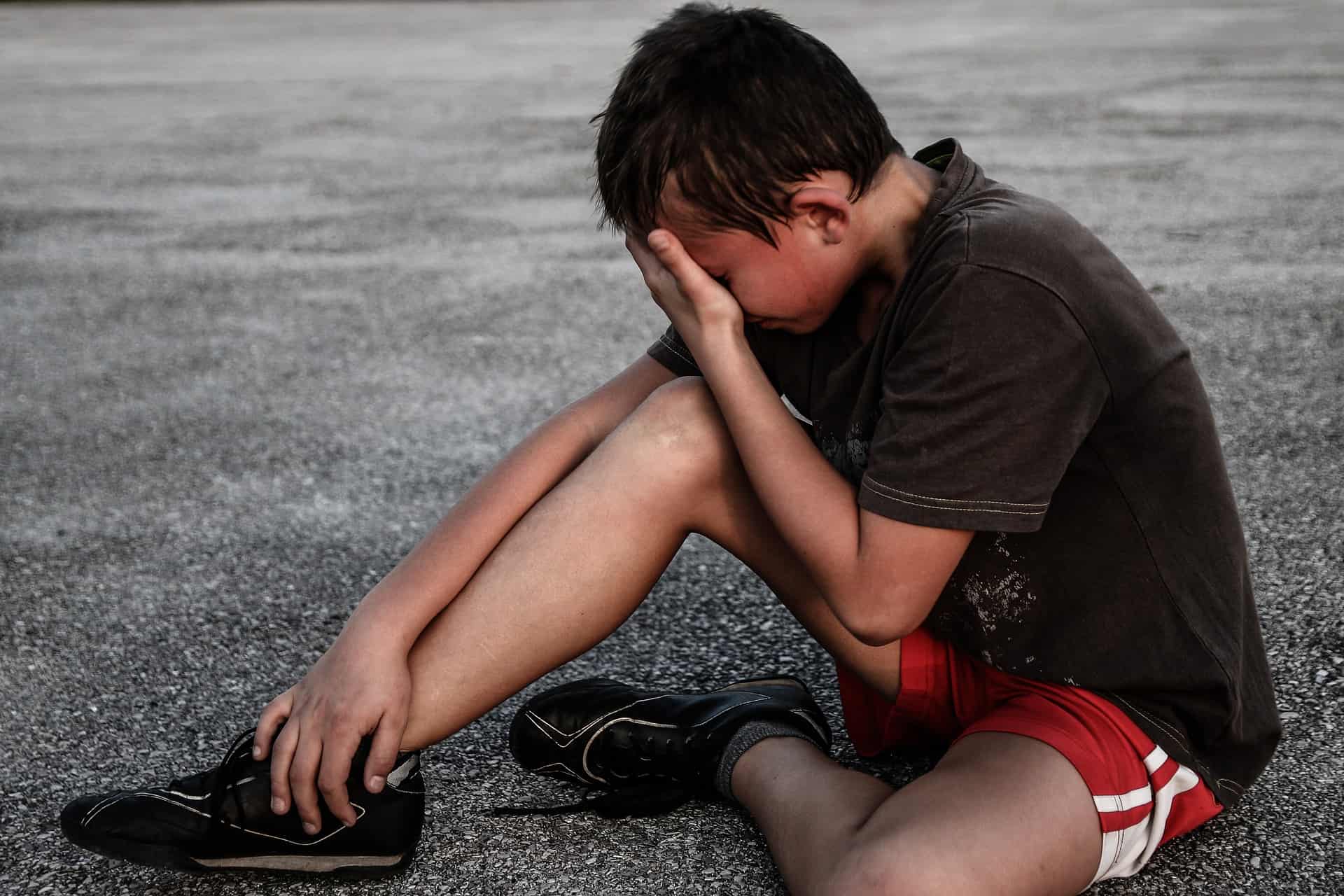
If your child is a victim of bullying, you will need to act right away to get the abuse to stop. Talk with your child’s teacher, their friends’ parents and the school counselor about the situation. You may find that reaching out to the parents of the child accused of bullying could result in a defensive, unhealthy conversation. That interaction could be unpredictable, so make sure to interact with the bully and his or her parents with a teacher or principal present. If the bullying is happening somewhere else — on a sports team, in a youth group or in an academic club — be sure to talk to the authority figures involved in those activities.
Who is Vulnerable to Bullying?
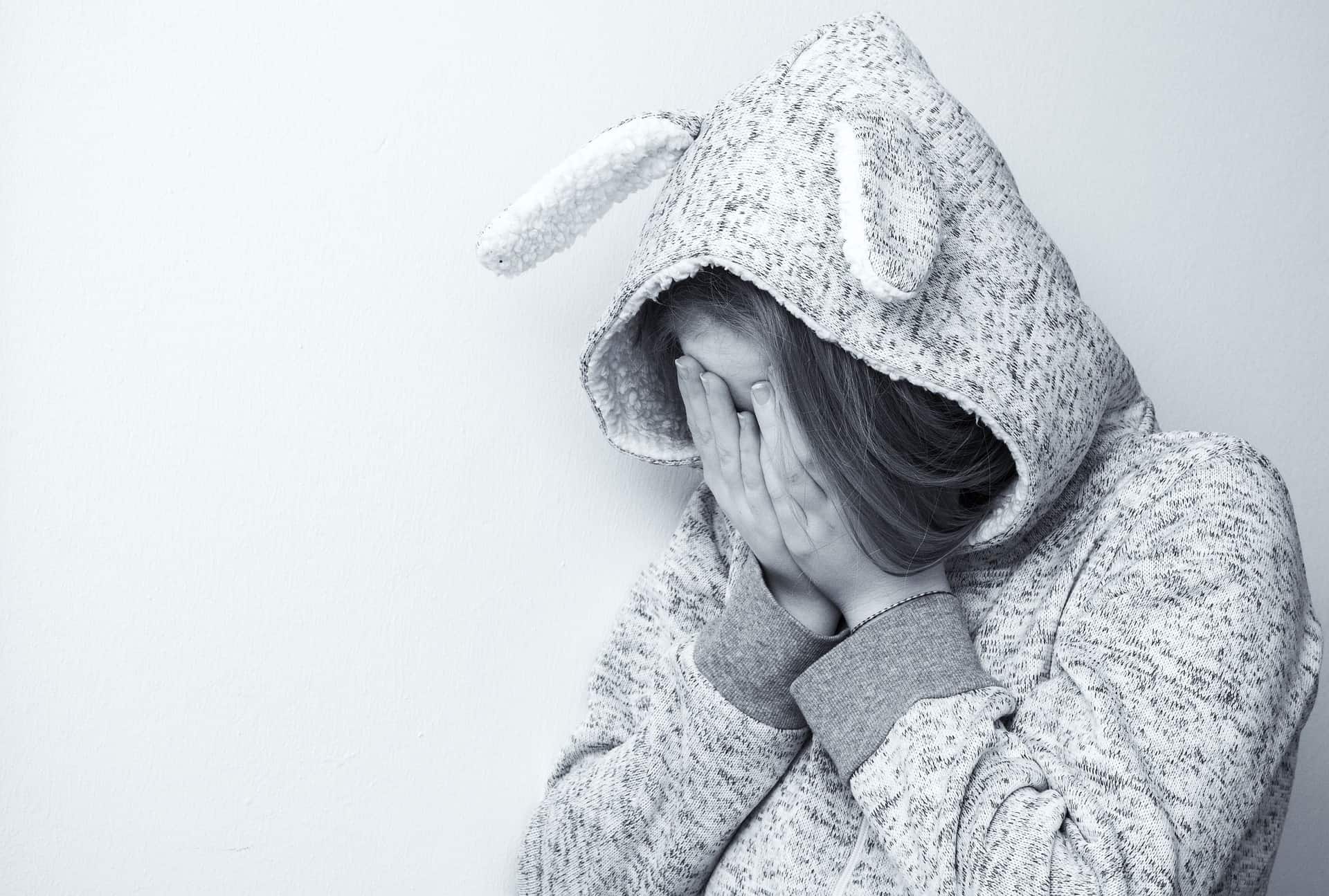
Anyone can be a target of bullying, but some groups are especially vulnerable. The most common aggressor of bullying is appearance. 51% of students said they were bullied because of attitudes towards how they look — their weight, body shape, clothing, hair, or simply because they are “different.”
Youth who identify as or are perceived to be LGBTQ are at an increased risk for bullying. 85% of LGBTQ youth experienced harassment at school, and LGBTQ youth are three to four times more likely to attempt suicide than their peers. However, sexual orientation and gender expression-based verbal harassment may be on the decline in recent years due to a changing national climate.
Students with intellectual, cognitive, emotional, non-apparent, and other types of disabilities experience bullying at nearly two to three times the rate of their non-disabled peers. 63% of children with autism experience bullying. Bullies take advantage of social skill deficits, knowing that kids on the spectrum have trouble distinguishing between friendly banter and mean-spirited bullying. These bullies have bad intentions — they might try to trigger a meltdown in a child with autism, intentionally expose a child with food allergies to the thing they are allergic to, or induce a seizure in someone with epilepsy.
Bullying is never the victim’s fault. Bystanders who witness bullying and do nothing are complicit. Bullies have mental issues of their own, but behaving cruelly towards others is not okay.
How the Home Can Help Your Child Heal
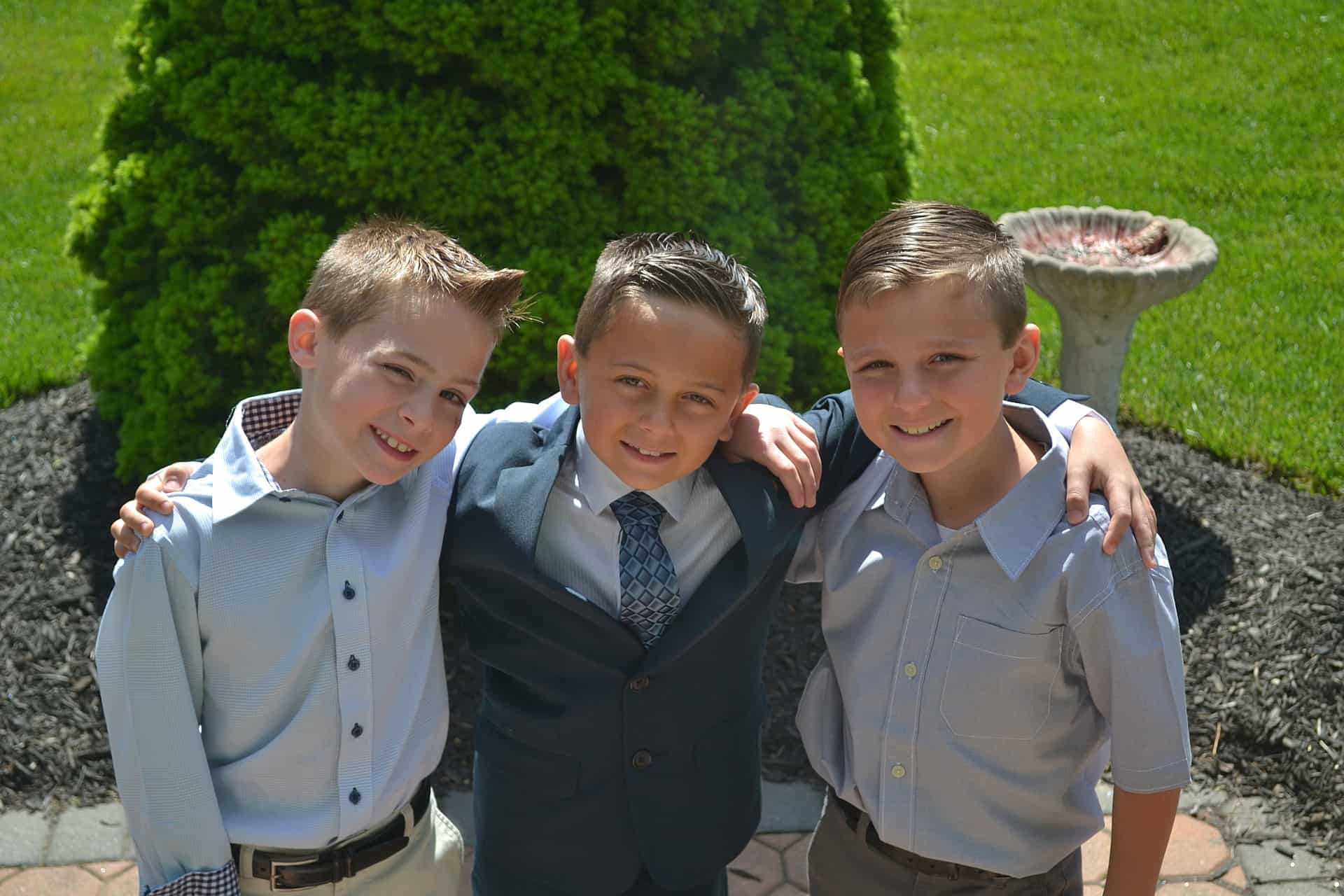
Your child has a right to feel safe at school, so when bullying occurs, you have to create a world — both at school and in the home — that combats the feelings of fear, isolation, worry and physical exhaustion that comes with bullying. Here are several ways you can help turn your home into a safe space that supports your child’s recovery from bullying.
- Physical Activity: Create a space at home where your child can run, climb, play, jump, bike or dance. Exercise will help your child burn off lingering adrenaline from feeling emotionally charged. Focusing your child’s attention on enjoying how their body feels is a great distraction from unwelcome thoughts.
- Make Socializing Fun: Give your child a reason — a GREAT reason — to invite friends over. When children deal with trauma they tend to isolate, and developing antisocial behaviors in childhood can thwart the ability to act appropriately in social situations as an adult. You can create a space in your home for fun and socializing, like a game room or a home theatre. Encourage your child to reconnect with old friends that they had healthy, positive relationships with.
- Sensory Soothing: Does your child’s anxiety lessen with specific sights, smells or sounds? When your child is stressed, angry or sad, would cuddling with stuffed animals and soft blankets while listening to soothing music provide some relief? Design a room intended to calm your child’s emotions by appealing to their senses.
- Relaxation Retreat: Any room in your home can become a relaxation retreat for a child. If they enjoy warm baths, paint the bathroom walls and set up decor with warm, light colors. You can then teach your child relaxation techniques to help ease their worries about bullying, like mindful breathing or meditation.
- Mindfulness: Mindfulness is a promising technique to reduce bullying behavior. By practicing mindfulness, the bully, victim, and any witnesses may cultivate a deeper awareness of self and empathy towards others. Try a breathing exercise, body scan, or focusing on the “now.”
Bullying, abuse, and harassment have evolved into a very real threat to all children — even those who simply witness bullying have shown signs of trauma. Raising awareness in your child’s school, seeking counseling for bullying victims and being involved with your child at home are all effective ways to prevent, cope with and successfully recover from bullying.

 United States
United States Canada
Canada